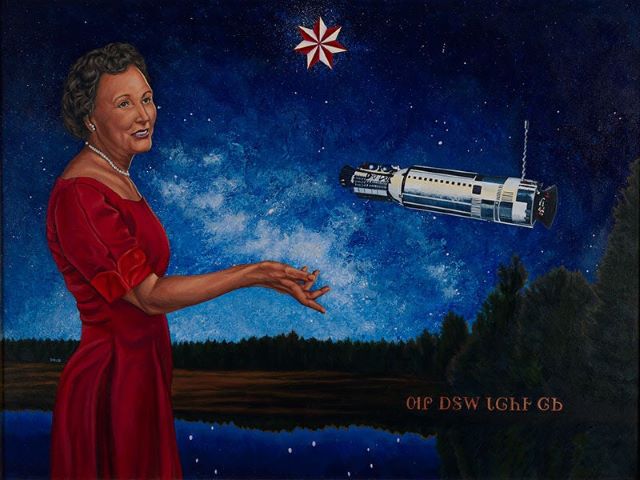
Mary Golda Ross (Cherokee, 1908-2008) was a NASA mathematician and engineer who played a pivotal role in sending Apollo astronauts into space.
Ross wrote several professional and theoretical works, including a co-authorship of the NASA Planetary Flight Handbook Vol. III, which details space travel to Mars and Venus.
The Smithsonian National Museum of the American Indian’s collection includes a portrait of Ross titled “Ad Astra per Astra,” painted by America Meredith.
On International Asteroid Day, NASA engaged audiences on social media with pop quizzes and more about asteroids. According to NASA, asteroids are fascinating objects that orbit the Sun.
No two are exactly alike, and their ancient nature provides insights into the origins of our solar system.
NASA’s Solar System division encouraged the public to track hidden space rocks and spot comet-like activity to assist scientists in making fundamental discoveries from the comfort of their own homes.
By harnessing the power of citizen scientists, AI has been used to analyze over 37,000 Hubble images to hunt for faint asteroid trails, enhancing our understanding of the asteroid belt in our solar system.The United Nations Office for Outer Space Affairs leads the UN’s efforts in space exploration and has shared information on how to discover some of the one million-plus asteroids that roam our solar system.
While most asteroids will never threaten us, approximately 37,000 near-Earth objects occasionally cross Earth’s orbit, prompting investigations into planetary defense and ways to prevent potential impacts, similar to the event that led to the extinction of the dinosaurs.
Each year, June 30 is observed as Asteroid Day to commemorate the anniversary of Earth’s most significant recorded asteroid impact, which occurred on June 30, 1998.
This day is also an opportunity to raise public awareness about near-Earth objects and comets that come within 1.3 astronomical units (roughly 195 million kilometers) of the Sun.
According to NASA’s Center for NEO Studies, there are over 36,000 recorded Near-Earth Asteroids.
The NEO Surveyor, which is scheduled to launch in late 2027, will be the first space telescope specifically designed to search for asteroids and comets that may pose a potential hazard to Earth.
This #AsteroidDay, learn how AI is used with Hubble data to discover asteroids.
With the help of citizen scientists, AI hunted for faint asteroid trails in over 37,000 Hubble images – helping us learn more our solar system's asteroid belt: https://t.co/F4AtcLpzhn pic.twitter.com/DoGkc68YF5
— Hubble (@NASAHubble) June 30, 2025
It’s International Asteroid Day, so let’s rock 🤘
Asteroids are pretty cool: they orbit the Sun, no two are exactly alike, and they’re so old, we can study them to learn about the origins of our solar system. Learn more about these space objects: https://t.co/dQAHOjUbe8 pic.twitter.com/jqlPItjxOI
— NASA (@NASA) June 30, 2025
The U.S. Army Corps of Engineers has been tasked with…
Brown and Caldwell, a leading environmental engineering and construction firm,…
Humboldt State University, one of four campuses within the California…